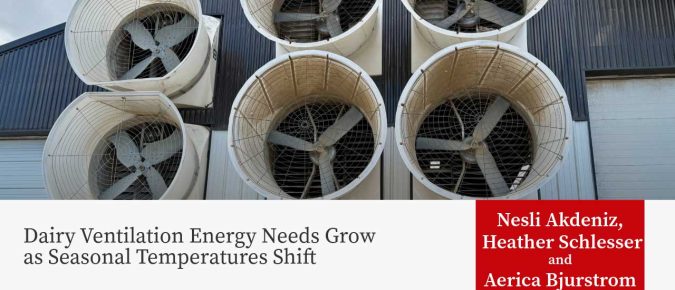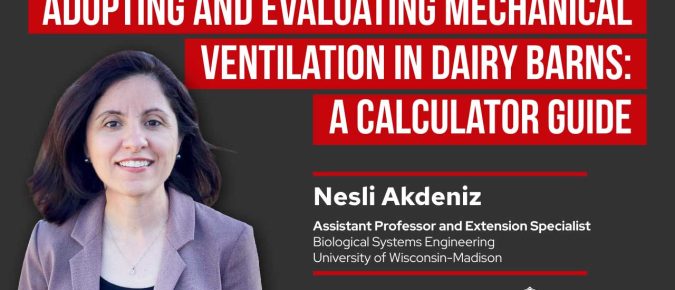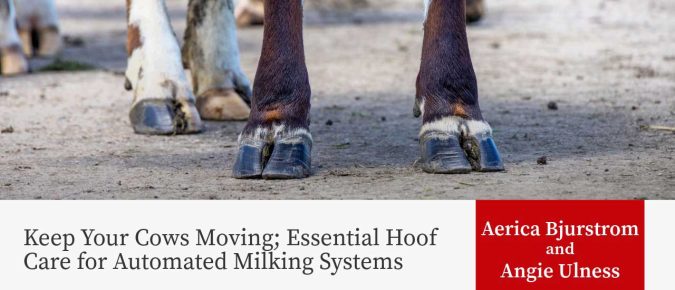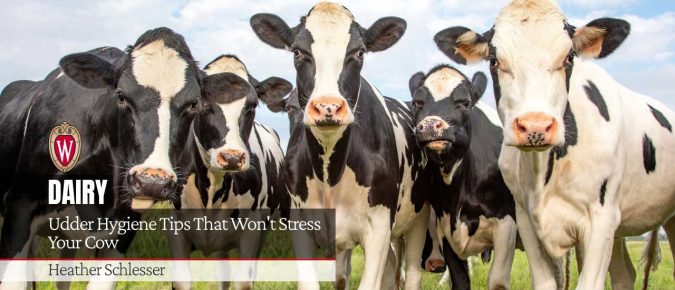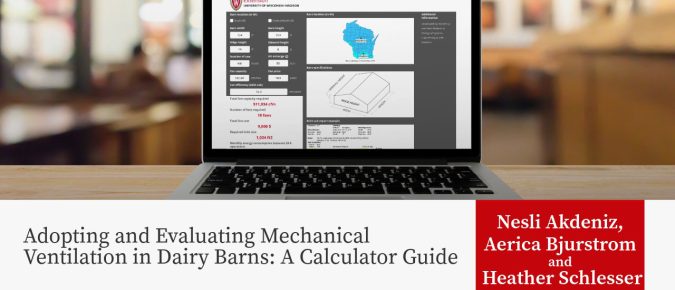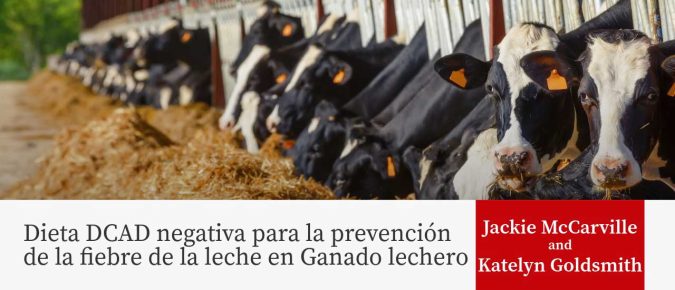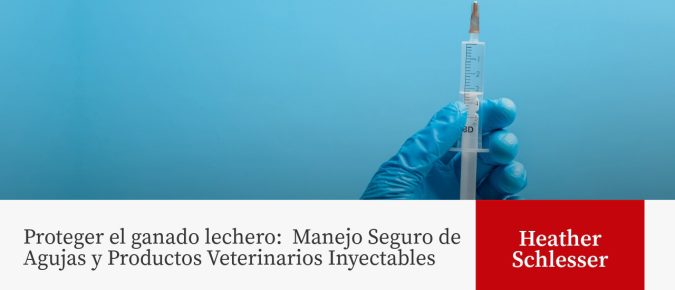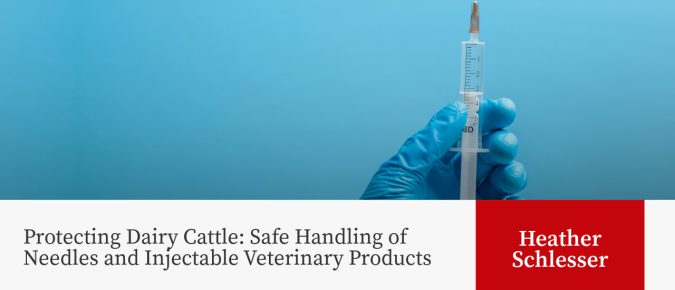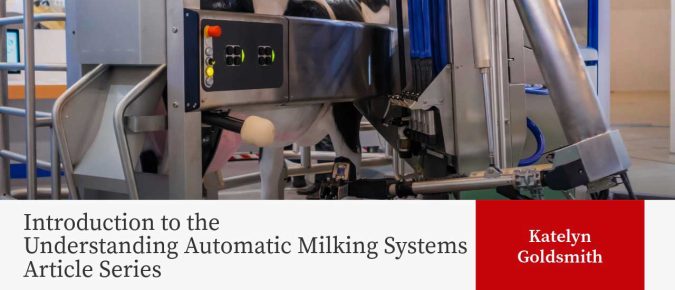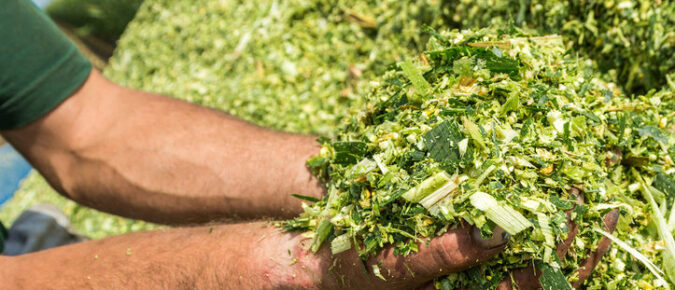Seasonal temperature shifts directly affect the energy required to ventilate dairy facilities. In this article, we compared seasonal temperature data from 2020-2024 to those from 2000-2004.
Dr. Akdeniz introduces a new online calculator designed to support ventilation decisions in dairy barns.
Managing hoof health in AMS herds means being proactive with both design and daily routines.
One method to improve udder hygiene is removing udder hair, which can trap manure and debris and harbor bacteria that increase the risk of infection and elevated somatic cell counts.
While natural ventilation works well under moderate weather conditions, it often becomes inadequate during periods of heat stress, especially in newer barns with more than four rows of stalls. These conditions have led to a growing interest in mechanical ventilation systems, which can provide more consistent and controllable airflow inside dairy facilities.
Al alimentar a los animales en preparto (21 días antes del parto) con una dieta baja en DCAD, los productores lecheros pueden ayudar a prevenir la aparición de la fiebre de la leche.
Maneja las inyecciones para animales con cuidado para evitar infecciones, lesiones y que el medicamento no funcione. Herramientas limpias y pasos inteligentes hacen una gran diferencia.
Handle animal injections safely to prevent infection, injury, and medicine failure. Clean tools and smart steps make a big difference.
The use of Automatic Milking Systems (AMS) on dairy farms has steadily grown since their introduction in the late 1990s and early 2000s. Also known as Robotic Milkers, AMS utilizes robotic arms, sensors, and automated controls to milk cows with minimal human intervention.
As some BMR hybrids begin to phase out, the future of high-quality corn silage will depend on how well we adapt, from evaluating new hybrids like short-statured corn, to exploring biological products and fine-tuning management practices like plant population and cutting height.
How Can Nutrition Help Us in Taming Inflammation and Improving Cow Health Introduction Chapters Highlights Key Insights Summary Introduction Dr. Daniel Rico, researcher in Animal Nutrition and Physiology at CRSAD in Quebec, Canada, and Eduardo Rico, Assistant Professor at the Department of Clinical Studies at the University of Pennsylvania, School of Veterinary Medicine, discuss how […]
La fibra es un tipo de carbohidrato, y su inclusión adecuada en la ración contribuye al bienestar general y la productividad de la vaca.

